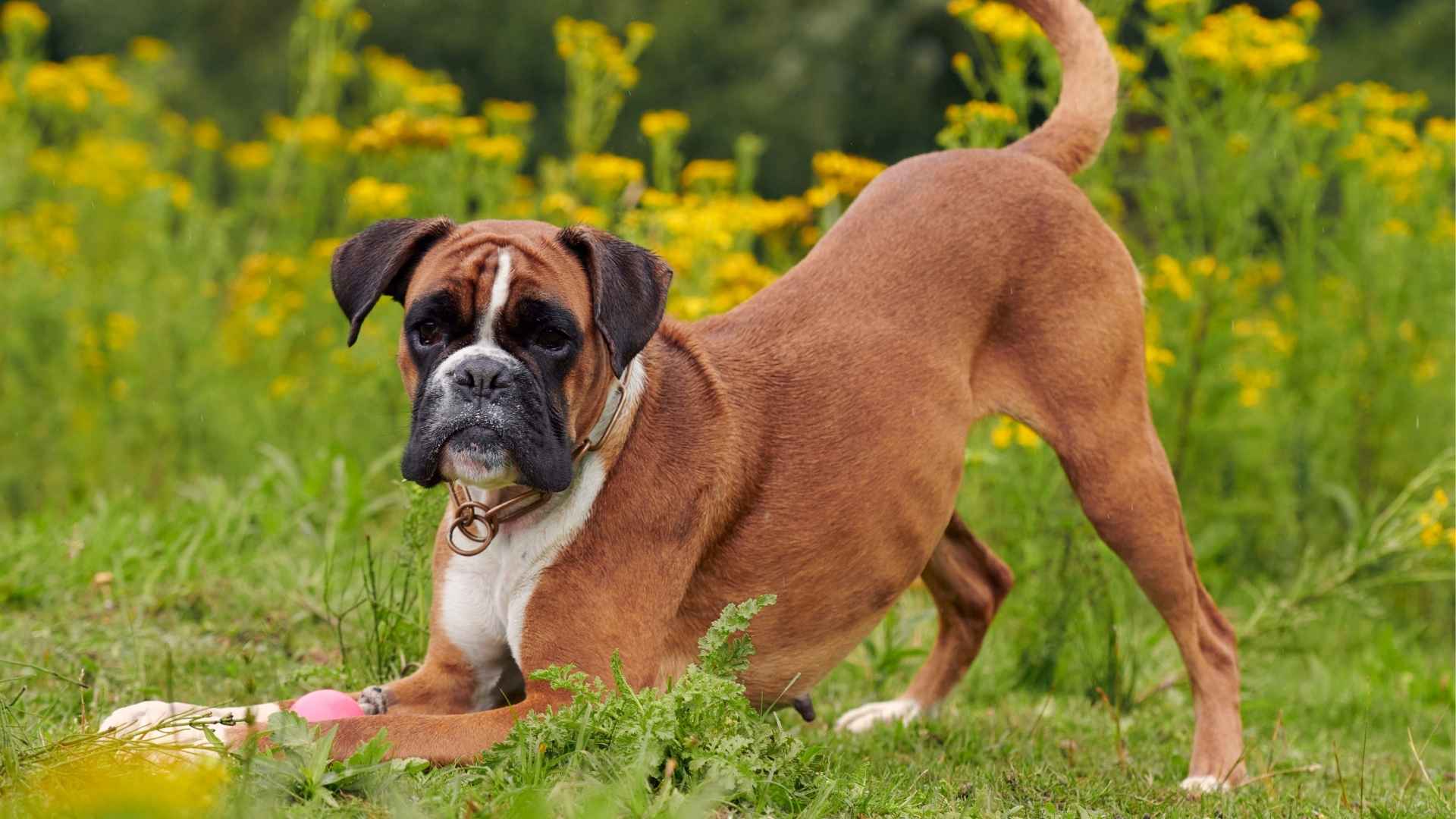Some dogs are born protectors, brave, bold, and ready to alert you the moment a leaf rustles. But what happens when your fearless guardian also knocks over the lamp, misses the stairs, or tries to fit through a space clearly too small for them? Welcome to the world of clumsy guard dogs, those lovable oafs who’ll guard your home with heart, if not always with grace.
While not every breed with a reputation for clumsiness is guaranteed to stumble through life, there are a few known for their adorably awkward ways. These pups are proof that not all heroes wear capes; some wear a confused expression and accidentally trip over their own paws. Despite the chaos, their loyalty and instinct to protect remain unwavering.
Guard dogs don’t need perfect coordination to be effective. They just need heart, courage, and a deep bond with their humans. And if that comes with a little comedic flair and a trail of knocked-over furniture? So be it. Let’s meet the best clumsy guardians who protect us… just a little sideways.
Clumsy Guard Dog Breeds
1. Bullmastiff
The AKC describes the Bullmastiff as a devoted and courageous breed. The Bullmastiff is the canine equivalent of a bodyguard who also thinks he’s a ballerina, except he weighs upwards of 130 pounds and has zero spatial awareness. Their muscular bulk and oversized paws make them prone to the occasional household destruction… unintentionally, of course.
Protective by Nature, Clumsy by Accident
Despite their towering stature and a fearless approach to guarding, Bullmastiffs are tender-hearted couch lovers. Their protective instincts are unmatched, but when they leap (read: flop) onto your lap thinking they’re lap-sized, prepare for breathless affection and accidental bruises.
Training and socialization are essential from a young age to harness their protective tendencies without overwhelming your living room.
Health and the Art of Graceful Tripping
Their heavy build makes them susceptible to joint issues like hip and elbow dysplasia. The American Bullmastiff Association encourages health screenings to ensure they remain sturdy, just not necessarily graceful. Owners should also be vigilant about the risk of bloat and cardiac problems due to their size.
Fun Fact: These excellent guard dogs were once used in England to track and pin down poachers, apparently without knocking down entire villages in the process.
2. Saint Bernard
Britannica describes the Saint Bernard as a strong, well-muscled dog with a large head and floppy ears. Saint Bernards are the gentle giants of the dog world, but their sheer size can occasionally translate into intimidating encounters. Their clumsiness, especially during their rapid puppy growth, often masks their strength, making them accidentally forceful.
Size Meets Instinct
Though not aggressive by nature, Saint Bernards were originally bred for guarding Alpine hospices and rescuing lost travelers, which means they possess a natural protectiveness. If they sense a threat to their family, their response, though not hostile, can be overwhelming due to their size and determination.
Watchful but Warm-Hearted
These dogs are loyal and slow to act aggressively unless provoked or improperly trained. Early socialization is essential to manage their protective instincts and ensure they distinguish between danger and dinner guests.
Fun Fact: The most legendary Saint Bernard, Barry, saved around 40 lives between 1800 and 1814, earning the breed the Swiss nickname “Barryhund.”
3. Great Dane
Pet MD explains that Great Danes come in a variety of colors, such as white, black, harlequin, blue, merle, and fawn. Regardless of their coat pattern, they all have short fur that, although it doesn’t shed heavily, should be brushed weekly. Despite their towering presence, Great Danes are often nicknamed “gentle giants.” However, their sheer size can be overwhelming if they’re not properly trained or socialized. With legs that stretch as long as your arms and a frame that can easily knock over furniture, or people, they’re not always graceful guardians.
Protective by Instinct
Though typically calm and affectionate with their families, Danes can be suspicious of strangers. Their bark is deep and commanding, enough to make any uninvited guest second-guess their visit. Without proper boundaries and leadership, that protective nature might lean into overreaction.
Coordination Takes Time
Great Danes are famously clumsy, especially as they grow. Their adolescent limbs seem to have minds of their own, which can result in accidental bumps and bruises during moments of excitement.
Fun Fact: When standing on their hind legs, Great Danes can be taller than most people, and still believe they’re lap dogs.
4. Boxer
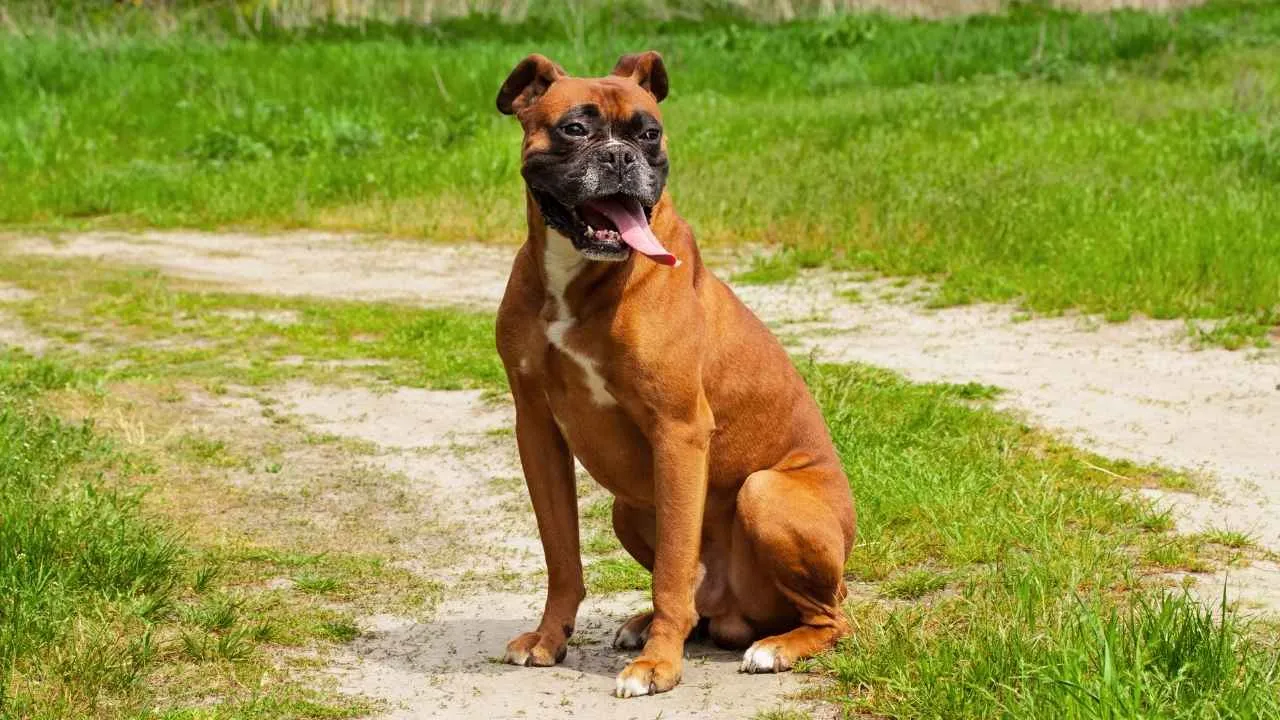
Hills Pet reports that Boxers are smart, energetic, and fun-loving dogs that enjoy being active and engaged. Boxers bring an infectious enthusiasm to everything they do, from playtime to patrolling the yard. But their playful nature can often come with an unintended side of chaos. Their leaps and zoomies sometimes lack coordination, making them more comedic than graceful.
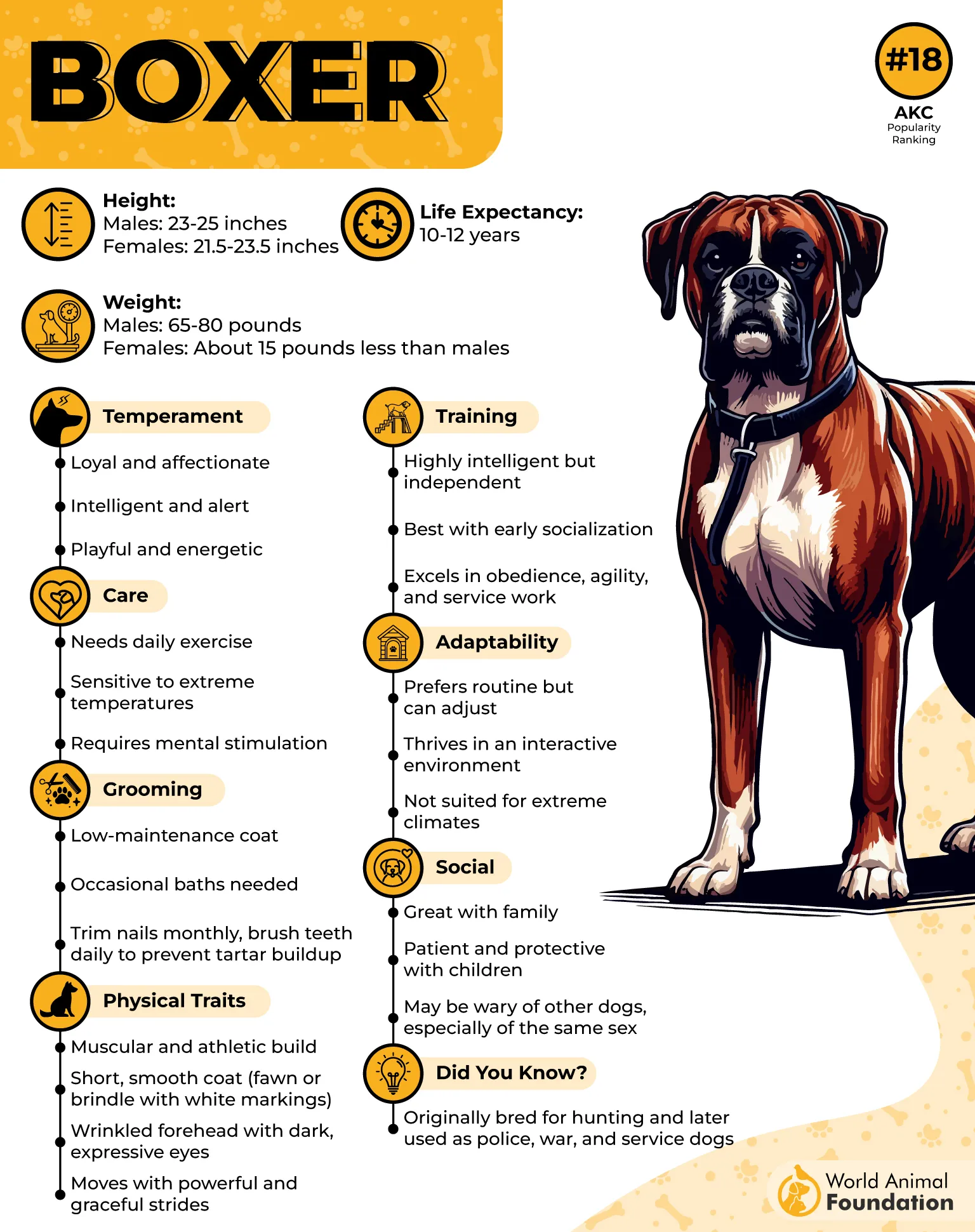
Protective with Purpose
Despite their goofiness, Boxers take their role as protectors seriously. They’re naturally loyal and protective, with a strong instinct to guard their families. When left unsocialized, that protective streak can lead to overreaction, especially around unfamiliar people or animals.
A Personality Like No Other
This breed has earned a reputation for clown-like behavior. Their dramatic expressions and exaggerated body movements make them natural entertainers, but also occasionally overzealous in high-energy situations.
Fun Fact: Boxers are notorious for “kidney beaning”, a full-body wag that curls them into a U-shape while they wiggle excitedly, often knocking over anything in their path.
5. Newfoundland
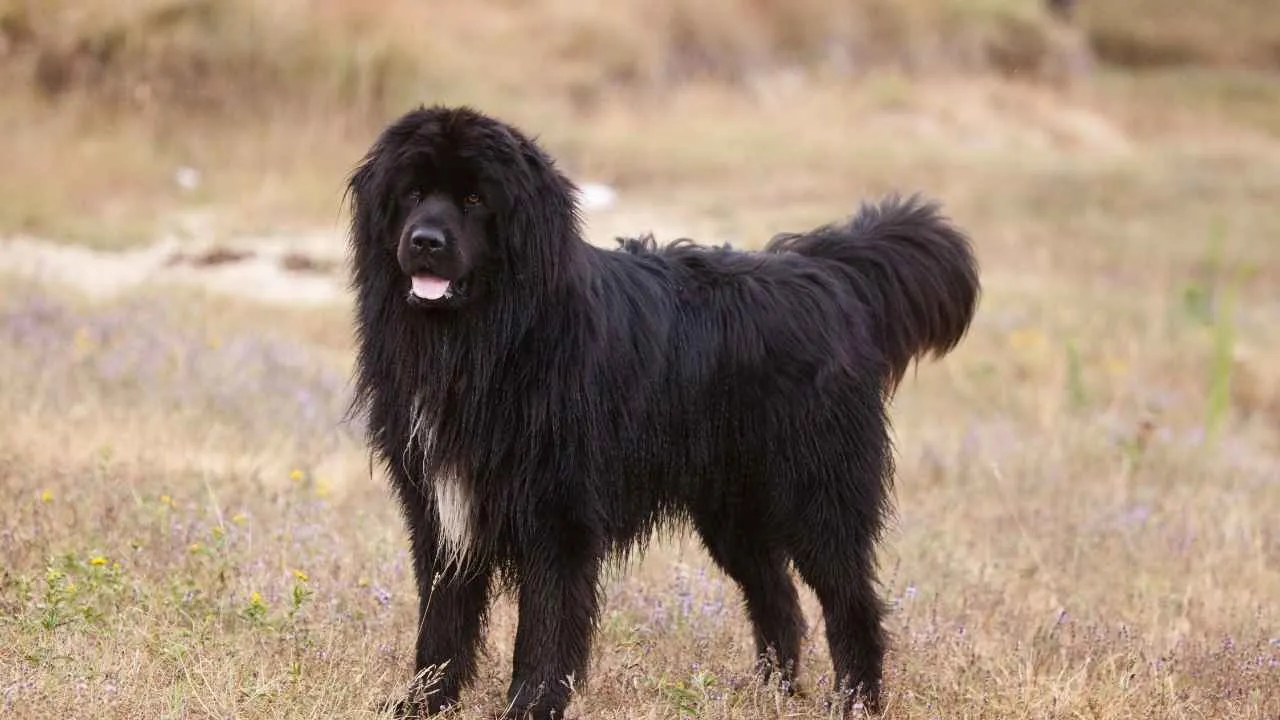
With a frame that rivals small furniture, Newfoundland dogs can unintentionally barrel into everything, walls, tables, and even unsuspecting humans. Their massive build doesn’t always match their sense of spatial awareness, resulting in some hilariously clumsy indoor navigation.
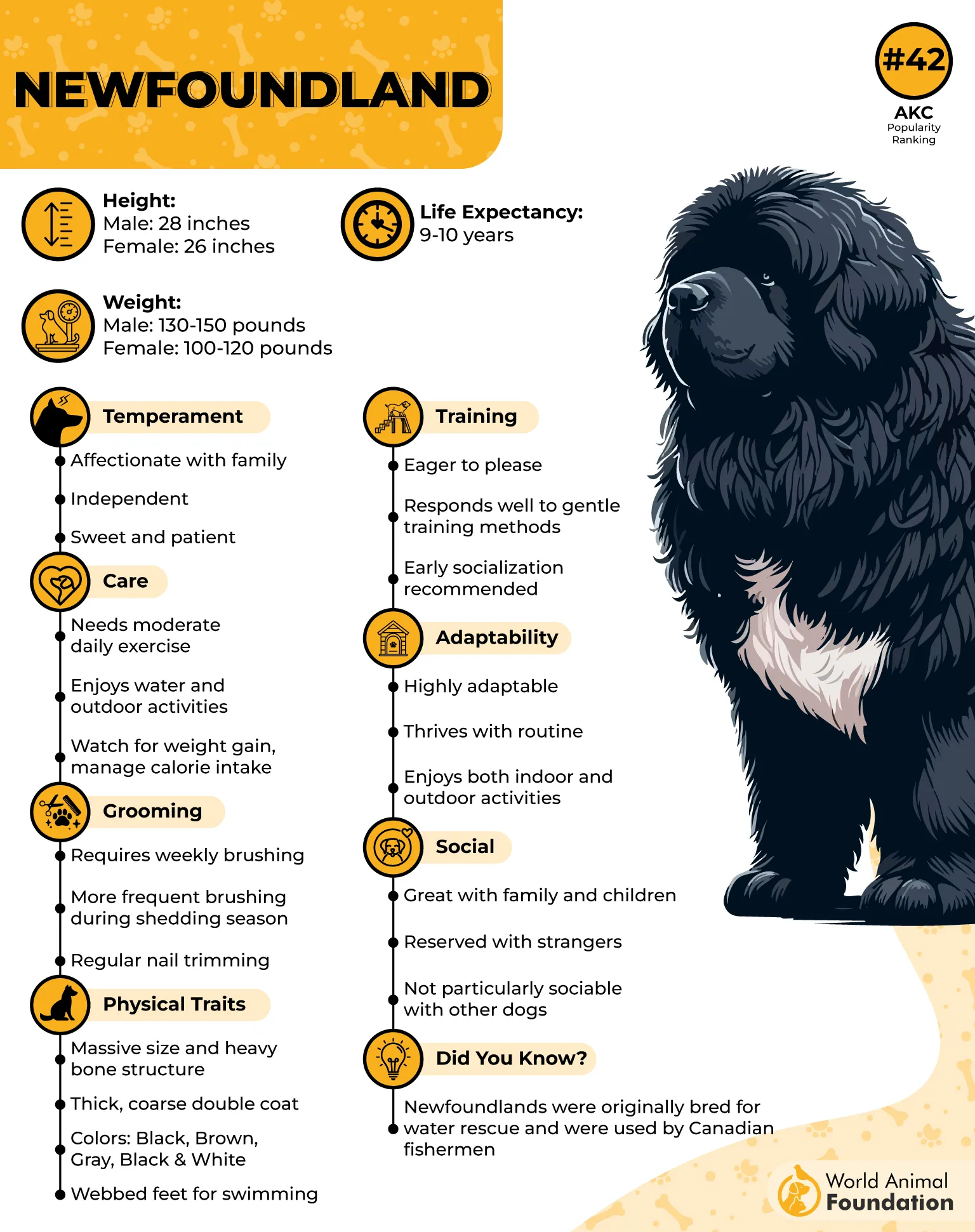
Mellow Temperament, Giant Appetite
Despite their size, Newfoundlands are known for their soft, sweet nature. Aggression is far from their default, but a lack of socialization or poor training could allow their strength to become a challenge. These gentle titans thrive on proper nutrition, especially puppy formulas for large breeds.
Making Waves, Not Always Gracefully
Newfies love water, but their entrance into it isn’t always elegant. Their enthusiasm often leads to splashing more than swimming, though their strength still makes them excellent water rescue dogs when trained.
Fun Fact: Despite their lumbering size, Newfoundlands are famously gentle with children, earning them the nickname “nanny dogs” in their native Canada.
6. Doberman Pinscher
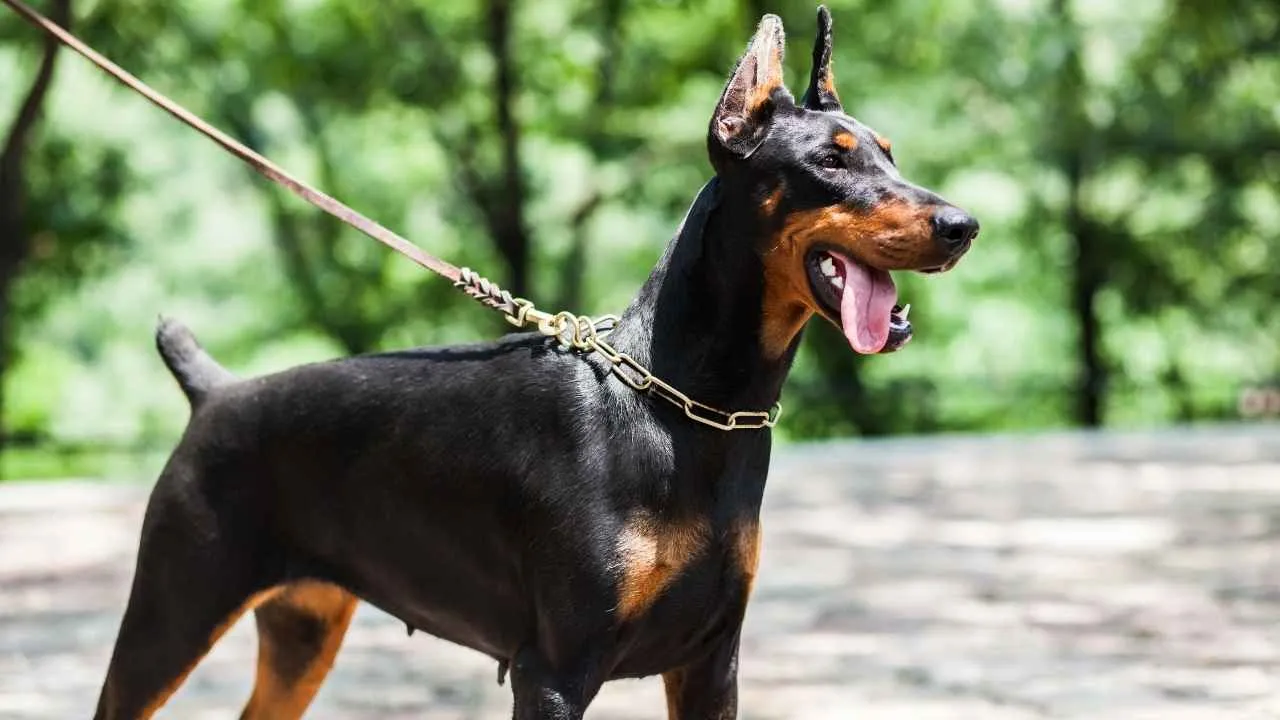
Purina describes the Doberman as a courageous and smart breed that serves as both a devoted, loving family pet and a vigilant protector. Originally bred by a German tax collector named Louis Dobermann, this sleek, muscular dog was designed to be both protective and alert.
While the exact lineage remains uncertain, likely contributors include the Rottweiler, German Pinscher, and Black and Tan Terrier—breeds known for strength and tenacity.
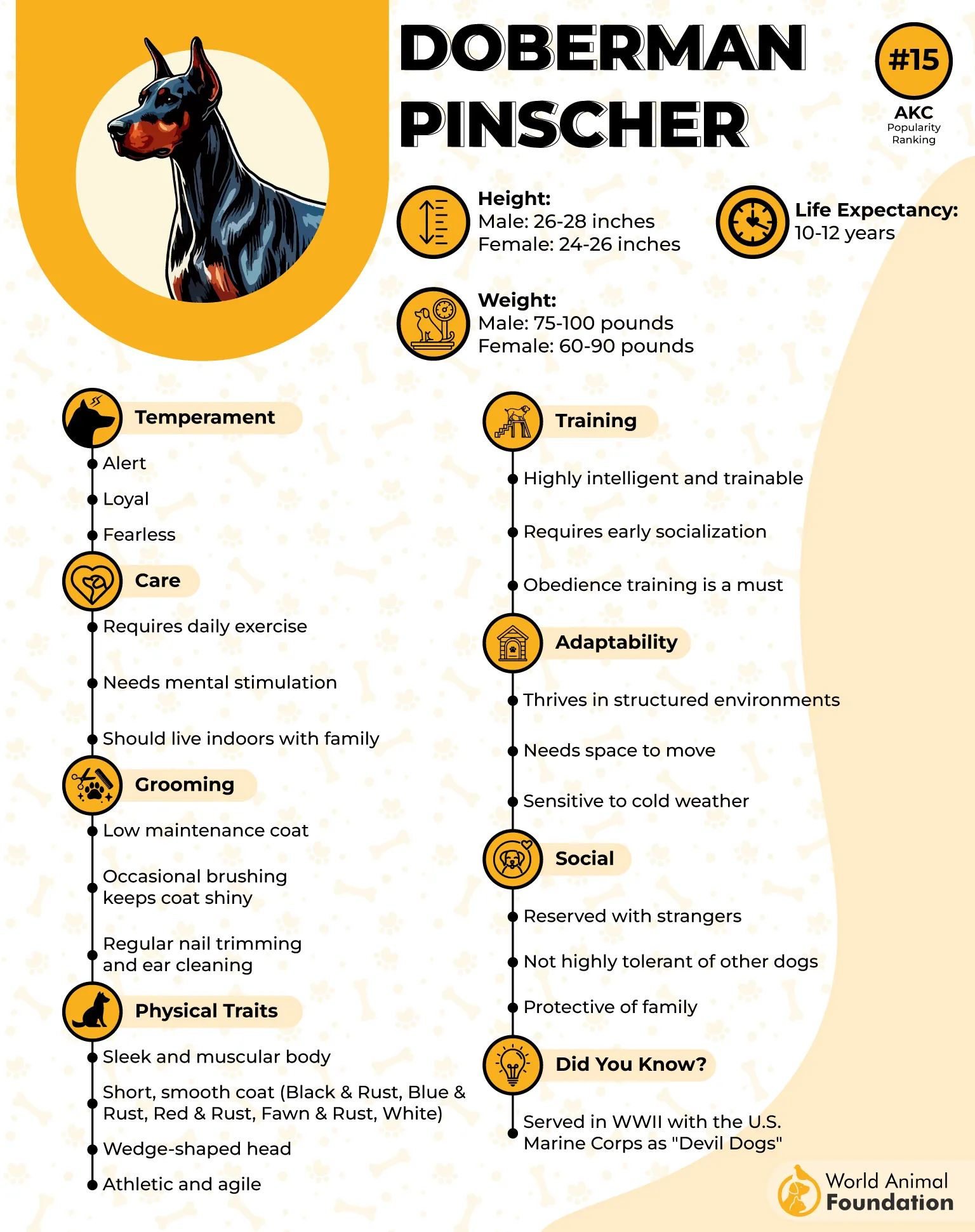
Protective Yet Misunderstood
Though Dobermans have gained a reputation for aggression, especially in pop culture, their behavior is often mischaracterized. In reality, they’re deeply loyal and affectionate with their families. Their alert nature makes them naturally suited for guarding, and they can respond assertively when they perceive threats, even without formal protection training.
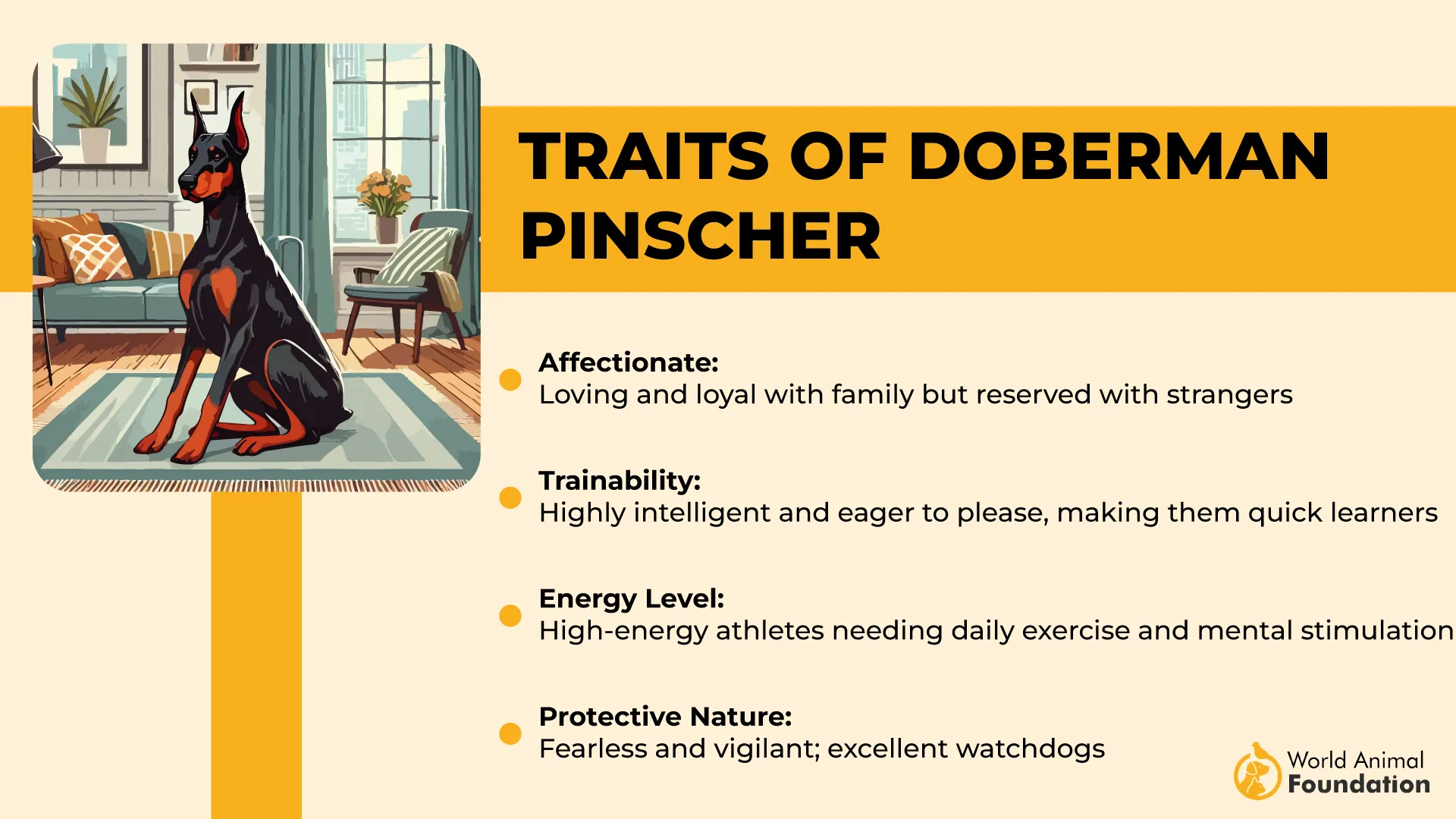
Loyalty Beyond the Battlefield
Dobermans served alongside U.S. Marines during World War II, valued for their intelligence and bravery. They continue to excel in police and military roles thanks to their trainability and courage.
Fun Fact: A life-size bronze statue titled “Always Faithful” stands in Guam, honoring the Dobermans who served and died in WWII, a symbol of their enduring loyalty and valor.
7. Irish wolfhound
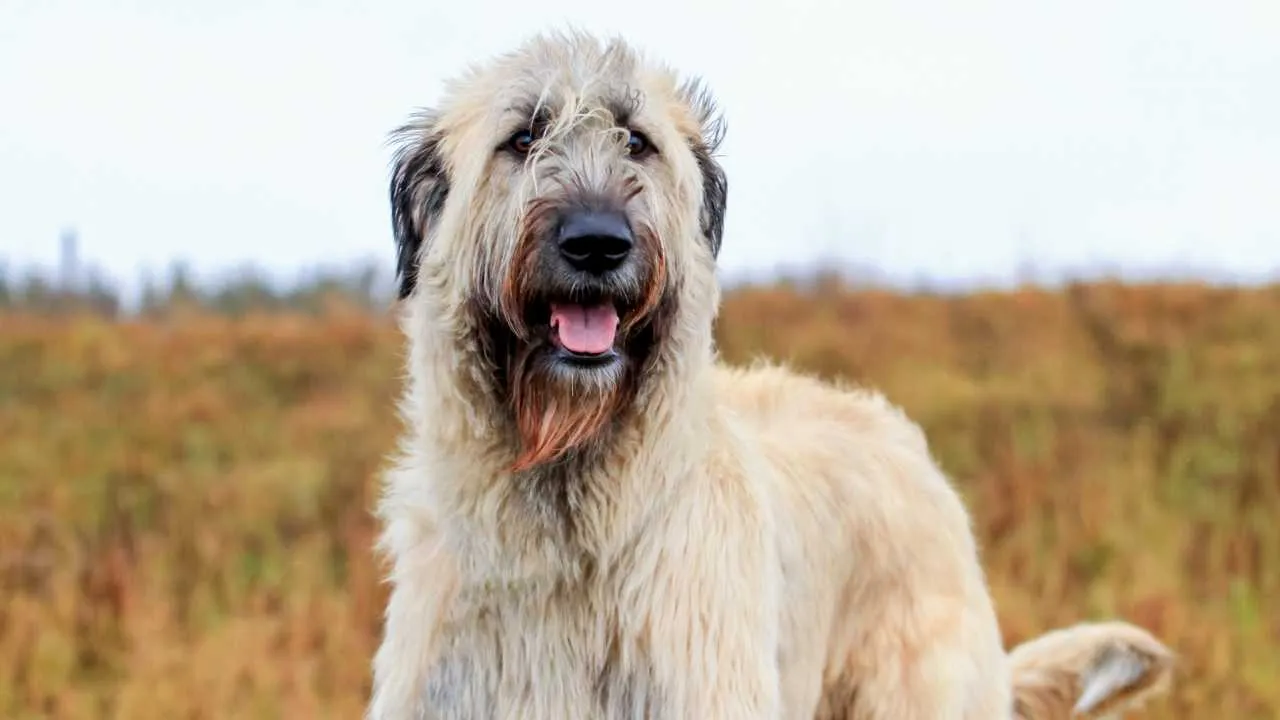
Despite its towering presence, the Irish Wolfhound is known for its calm, gentle temperament. This breed is famously friendly, often leaning more toward affection than aggression, making it less suited for true guard dog duties.
Still, its sheer size is often enough to make any would-be intruder think twice. At home, this giant prefers peace and company, thriving in a family environment where it’s not left alone for long.
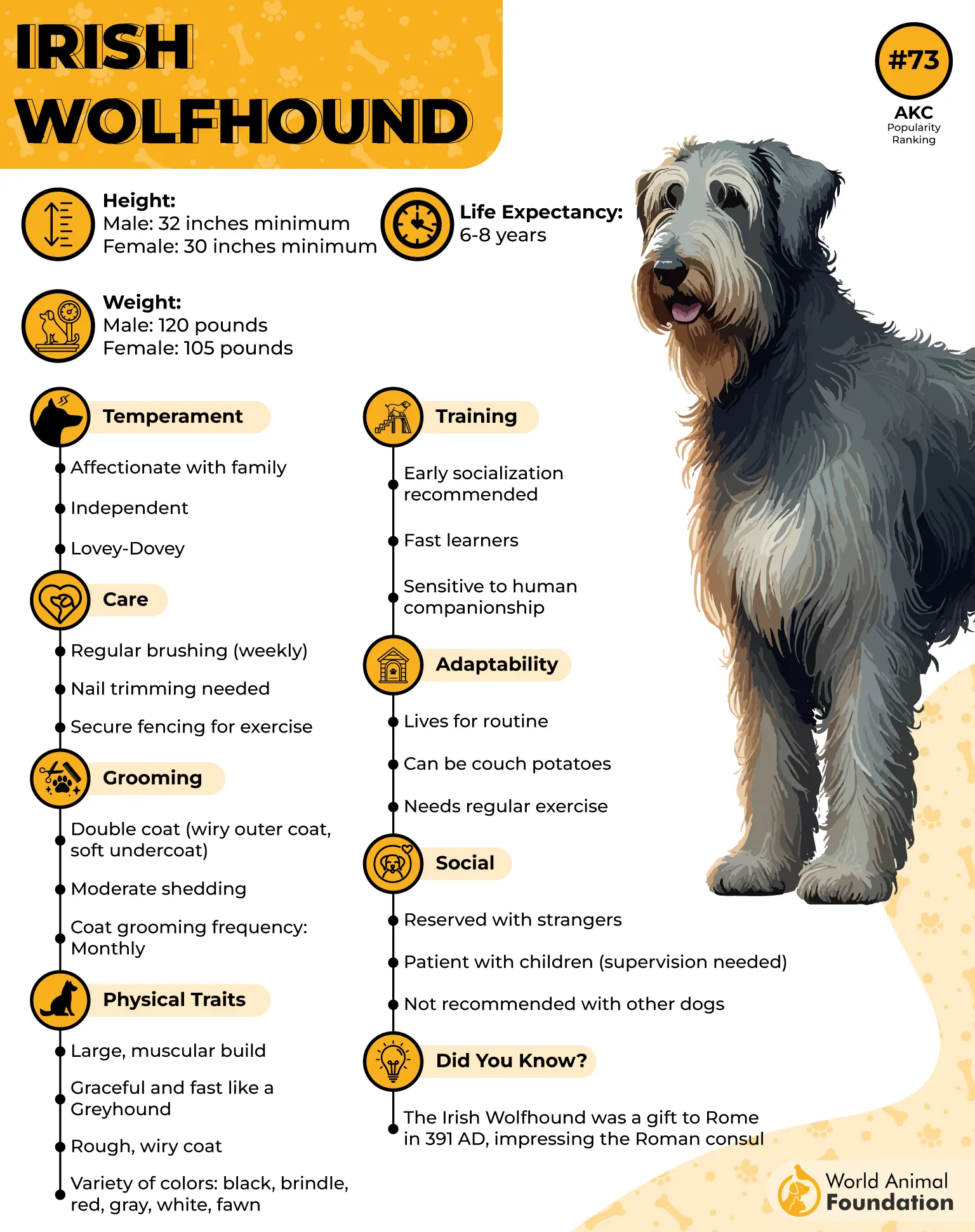
Grace Meets Clumsiness
What truly separates the Irish Wolfhound from others is the fascinating mix of elegance and awkwardness. Although their stride can be long and majestic, their size makes them prone to knocking over furniture, or their tails catching unsuspecting ankles. Small spaces are not ideal, and playtime can unintentionally turn into a gentle tumble.
A Breed with Noble Roots
Dating back to 391 AD, the Irish Wolfhound has a storied history. Once celebrated in Irish mythology as a warrior’s companion, these dogs were known for pulling enemies from horses and chariots in battle. They were so revered that kings and nobles, from the Great Mogul of India to the Shah of Persia, were gifted these hounds as symbols of status.
Fun fact: In the 17th century, Oliver Cromwell banned their export to preserve the breed because wolves were still a serious problem in Britain.
Conclusion
While some dogs are known for their sharp instincts and focused demeanor, others bring a more charmingly clumsy approach to guarding, without compromising on loyalty or love. Many of these breeds, like the Bernese Mountain Dog, balance protective instincts with a playful nature, making them great companions on hikes and in daily adventures.
In the right family environment, even the most awkward guardian can shine. Breeds that thrive on outdoor activity and bonding, like those featured in hiking lists, often combine gentle personalities with a strong sense of duty, just in a less polished package. These lovable protectors may trip before they tackle, but they never fall short on heart.


